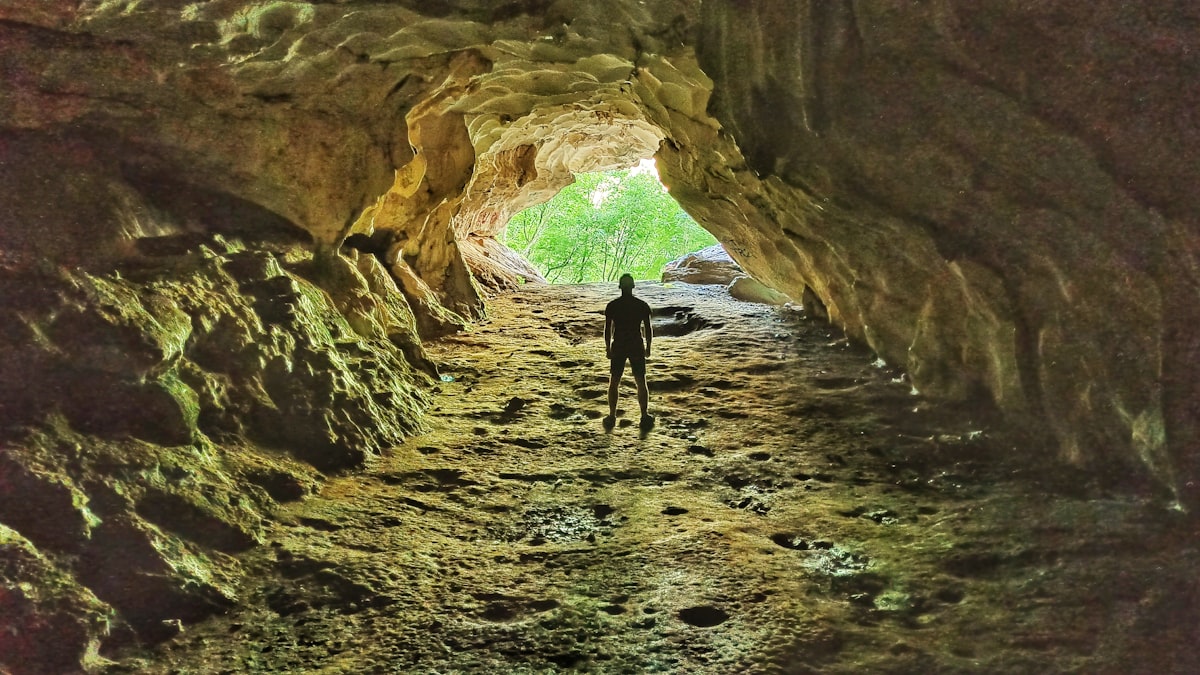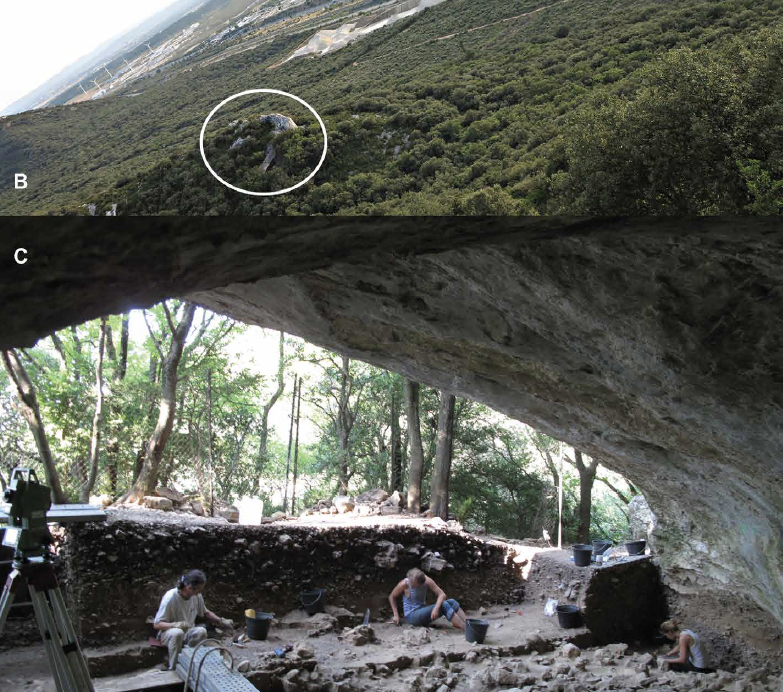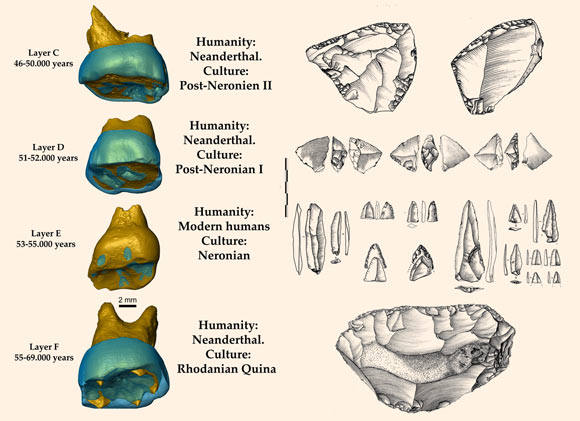The Ultimate Cave People

New fossil [findings] in a cave in France have made us rethink a decades-old idea in paleoanthropology. This information comes from the Grotte Mandrin cave in Mediterranean France, that contains sediments from 56,800 – 51,700 years before the present. These sediments are arranged in layers, just like all geologic strata, but because much of the sediment stays within the cave instead of being eroded away, they are able to preserve finer time intervals.

Inside this cave, and in each layer, were teeth from “anatomically modern humans” (people like us) and Neanderthals, and stone tools of different kinds. Because of the difference in abilities between the two types of humans, the stone tools they produced look different.

I want to pause here for a moment and talk further about Neanderthals. They get a bad reputation as being ‘inferior’ to modern humans because of the idea that modern humans outcompeted Neanderthals any time the two came into contact. The two species may have fought when they saw each other sometimes, but there’s also evidence of gene flow between the species, so their contact didn’t always end in a battle.
The fossil evidence in the Mandrin cave shows that modern humans and Neanderthals were living in the same cave at different times. Caves provide natural shelter from wind, rain, and animals, so it seems logical that people would want to stay in one. Because the alternating layers show a pattern of Neanderthal->Modern humans->Neanderthal->Modern humans staying in it, it tells us that this cave was an important ‘pit stop’ for modern humans migrating out of Africa and into Europe. And because there is this pattern of alternating species, it shows that the appearance of modern humans didn’t automatically mean doom for the Neanderthals.
So why did Neanderthals die out? Possibly changes in climate decreased their population (they were adapted to colder climates), and possibly modern humans were just intolerant to competition. More data, especially from caves, will help us find out.